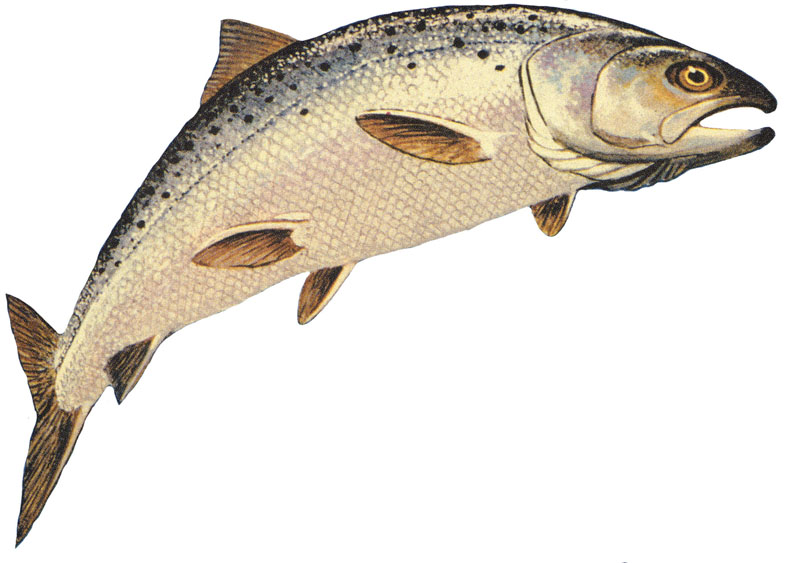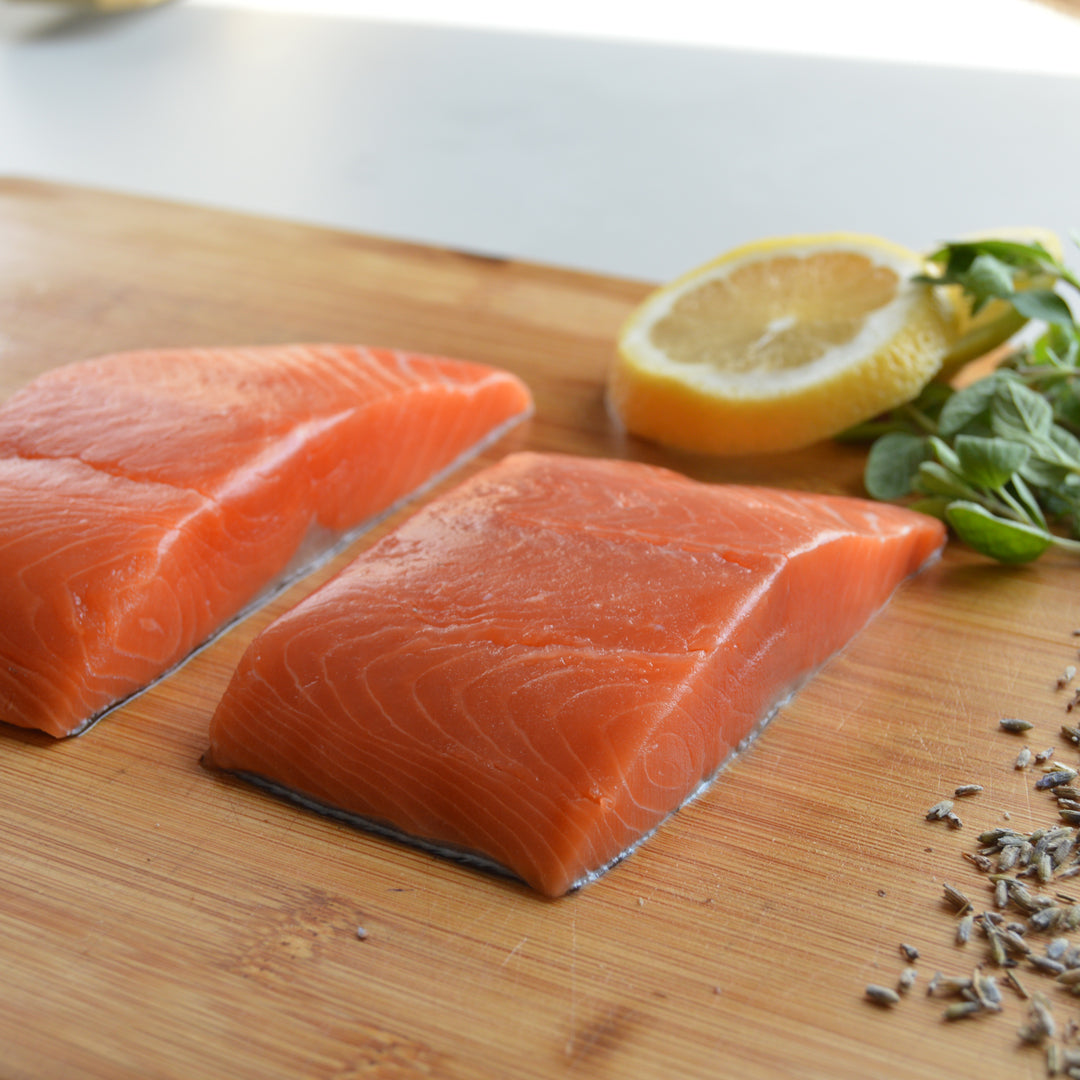

The method is easy and fast, and it works best for fillets, making it a great way to get a delicious weeknight dinner on the table. Sautéing salmon means to cook it quickly in a little fat over fairly high heat.

It will be at least a couple of years before it reaches the market, however. Genetically modified salmon, which has a growth hormone gene from king salmon so it will grow two to four times faster, has been approved for sale in the United States. And because Arctic char is small, about 3 pounds, it is also an appropriate choice for cooking whole. The fish has deep orange-pink flesh and a texture that is more delicate than that of regular farmed salmon. (Some high-quality king salmon, branded Ora, is farmed in New Zealand.) Some of the farmed fish is labeled organic, but that term, when it comes to creatures swimming in the sea, is controversial.Īrctic char, which is also in the salmonidae family, is usually farm-raised in the most northern reaches of the Atlantic. Much of the farmed salmon in the United States is Atlantic salmon, though there are now some operations in the Pacific. Readily available all year round, farmed salmon generally has a rich, mild flavor, but lacks the salinity of wild salmon.
Seasonal Availability for Wild Salmon May – September. Tasmanian sea trout or ocean trout is another fish with salmon-colored flesh that’s closely related. It has meaty pink flesh and comes in small sizes, which like two to three pounds that makes it convenient to cook whole. Steelhead trout is is a fish in the Pacific salmon genus. Coho or silver salmon is a milder-tasting salmon and is generally wild, though there is some farm-raised Coho salmon. Sockeye salmon, with its deep vermilion red flesh and firm texture, has acquired a following, especially when it’s from the Copper River in Alaska. The most prized is Chinook or king salmon, which is the largest and most succulent of the species. Wild salmon is usually more expensive and less readily available than farmed, but if you can get it, do it it will elevate your meal. The season for Pacific salmon lasts from May to September if you see it outside of those months, it has been frozen, though it will still be delicious. (Salmon has all but disappeared in the wild in the Atlantic, and the pockets that exist are reserved for sport fishing.) Mature adults measure up to 36 inches (95 cm) in length.The wild salmon sold in the United States come from the Pacific. SizeĬoho typically weigh 5.5 to 11 pounds (2.5 – 5 kg) when they return to their natal rivers. Marine distribution is generally restricted to shelf waters. Coho represent approximately 10 percent of the North Pacific commercial catch. Coastal rivers are largely comprised of free-flowing rivers that are now mostly devoid of hatchery coho production.Īlthough coho salmon are broadly distributed across the North Pacific, they form networks of small populations. Oregon Coast coho are uniquely poised for recovery. Many populations there have been extirpated as they have at the southern extent of their former range. Historically, coho spawned hundreds of kilometers inland, in the Snake and Columbia Rivers. As the latitude decreases, coho make shorter migrations. In Alaska coho venture deep inland via the Yukon and Kuskokwim Rivers. Distribution is continuous from the Koryakia coastline to the Anadyr River basin. In the western Pacific, coho distribution clusters around the shores of the Sea of Okhotsk, covering Sakhalin and Kamchatka and much of the Magadan coastline. COHO DISTRIBUTION: © Atlas of Pacific Salmon (X. 
In Russia coho populations have not been well documented or targeted. Entering in fall and early winter, coho usually are the last salmon to migrate upriver. They use coastal streams and off-channel wintering habitats, which are highly vulnerable to the effects of agriculture and logging. Coho populations are small and widely distributed.







 0 kommentar(er)
0 kommentar(er)
